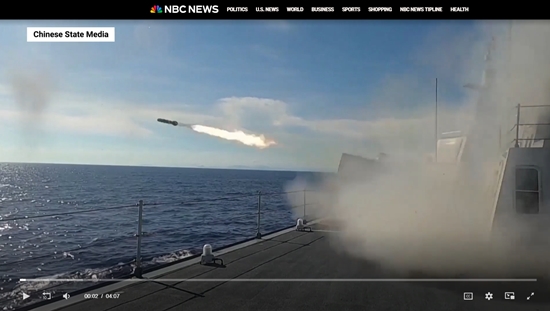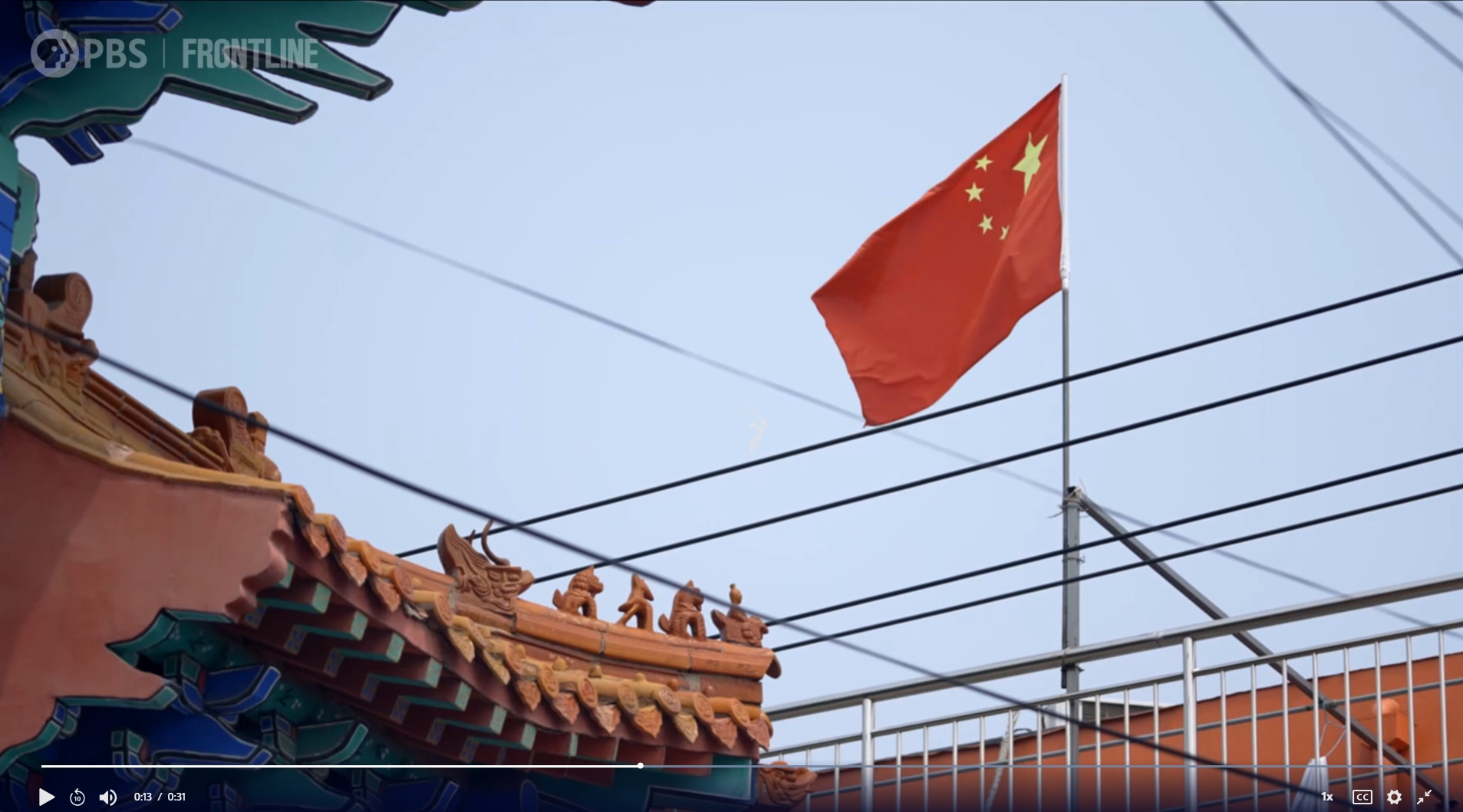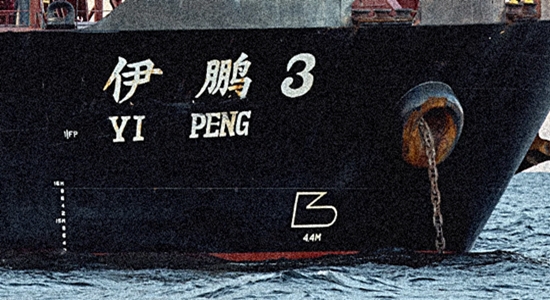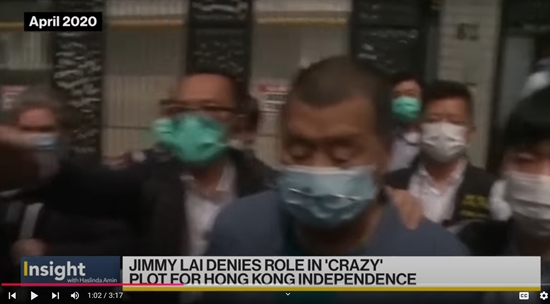
Beijing is currently demonstrating its military might in and around the island of Taiwan. This is generating some exciting headlines, such as NBC’s
Expert says the Chinese military could seize Taiwan’s
government buildings in under an hour
This NBC story envisions aircraft carriers surrounding the island unmolested; a massive, unimpeded air and missile strike against helpless land based systems; helicopters flying troops unopposed to seize airports and government buildings. In short, an aquatic version of the Soviet invasion of Afghanistan in 1979.
But to understand any new war between the Republic of China and the People’s Republic of China, we should look at the Russia-Ukraine War.
There will be limitless target acquisition at sea and on land by both sides, with the U.S. and its satellites helping Taipei identify and prioritize communist targets.
● Such targeted strikes will paralyze movement on either side, freezing the battlespace.
● Cheap hits will overcome expensive, irreplaceable land and naval systems.
● Vast quantities of munitions will be expended. Stockpiles permitting, the defender will have a huge resupply advantage.
● “Smart weapons” will be dumbed down by enemy jamming.
● “Dumb weapons” will still get results by swarming.
And if we also learn from the Houthi war on Red Sea shipping, we see that air strikes and naval fire will not silence land-based installations that support drone and missile attacks on ships.
We can assume that the United States will support Taipei the way it supports Kiev, with cash, arms, satellites, and signals intelligence. ROC armed forces will be able to see—and target—everything in the battlespace, on land and sea. Unlike the land-based war of exhaustion grinding in Europe, where ground forces are pounded in position and then replaced, the pounding of communist naval forces will sink them. And they will not be replaced.
Taipei will need several things to win a quick war:
● Large stockpiles that are safe from attack.
● Integrated air defense: army, navy, air force.
● A focus on locally made, easy-to-produce, cheap, effective weapons, like drones.
● Excellent signals jamming.
It will need to avoid the trap of counting on U.S. “smart” weapons that cost a fortune, are easily jammed or blinded, and too often do not work. It will also need to understand that the U.S. military supply chain is broken at its source, with arms makers resisting expansion of production lines to support multiple wars.
Costs of war
Committing to a high-tech defense would cost the ROC several fortunes. Looking at the Iran-Israel attacks in April, we see that Israel spent $550 million in six hours to shoot down 300 missiles and drones. In the course of a war, this would be an impossible burden for a small country. Cheaper and more accurate equipment must be found and made locally.
Once the fighting starts, communist reinforcements and replacements would have to cross a sea of over 150 miles, fighting off swarms of drones and missiles to deliver ships, men, and materiel to effect or sustain an invasion. This armada would not reach the shores of Taiwan without major losses. Moreover, unlike trench warfare with infantry, a complex naval operation would demand highly skilled personnel with years of training and experience—personnel who, suffering Russian and Ukrainian casualty levels, would be irreplaceable within the timespan of a single war.
There may already be a shortage of such people. Red China’s changes to its conscription process suggest that Beijing’s military “continues to suffer from poor retention of its personnel. In particular, better-educated personnel tend to leave after their two-year enlistment is up.”
No one will be (legally) leaving the ranks of the People’s Liberation Army during wartime, but replacements of tech-savvy and tech-trainable personnel will be scarce and their casualties severely limiting.
Meanwhile, we Americans have our own problem: Washington, as exemplified by “How DC became obsessed with a potential 2027 Chinese invasion of Taiwan.”
“According to U.S. intelligence, Xi has told the Chinese military it needs to be ready to invade Taiwan by that year. But ready to invade is different than will invade; American officials stress the year isn’t a deadline.”
That should read “some American officials.” Because others, like Admiral John Aquilino, have not gotten the memo. “All indications point to the PLA meeting President Xi Jinping’s directive to be ready to invade Taiwan by 2027,” he has said.
“Who me?”
Xi denies giving such a directive.
According to an American official who attended the November 2023 Biden-Xi summit in San Francisco, “Xi basically said: ‘Look, I hear all these reports in the United States [of] how we’re planning for military action in 2027 or 2035…. There are no such plans…. No one has talked to me about this.’ ”
If the U.S. can overcome its “obsession” and if it can learn from Ukraine, it can begin rational planning for the defense of the ROC.
In the meantime, we should recognize that it is a simpler thing to stage exercises off the coasts of Taiwan than to sustain a blockading fleet or a longer-term pre-positioning for a “surprise” attack; and that in light of this, the current communist demonstrations are a shallow bluff. □
James Roth works for a major defense contractor in Virginia. As a U.S. Army reservist, he served on division-level and army-level general staffs.





